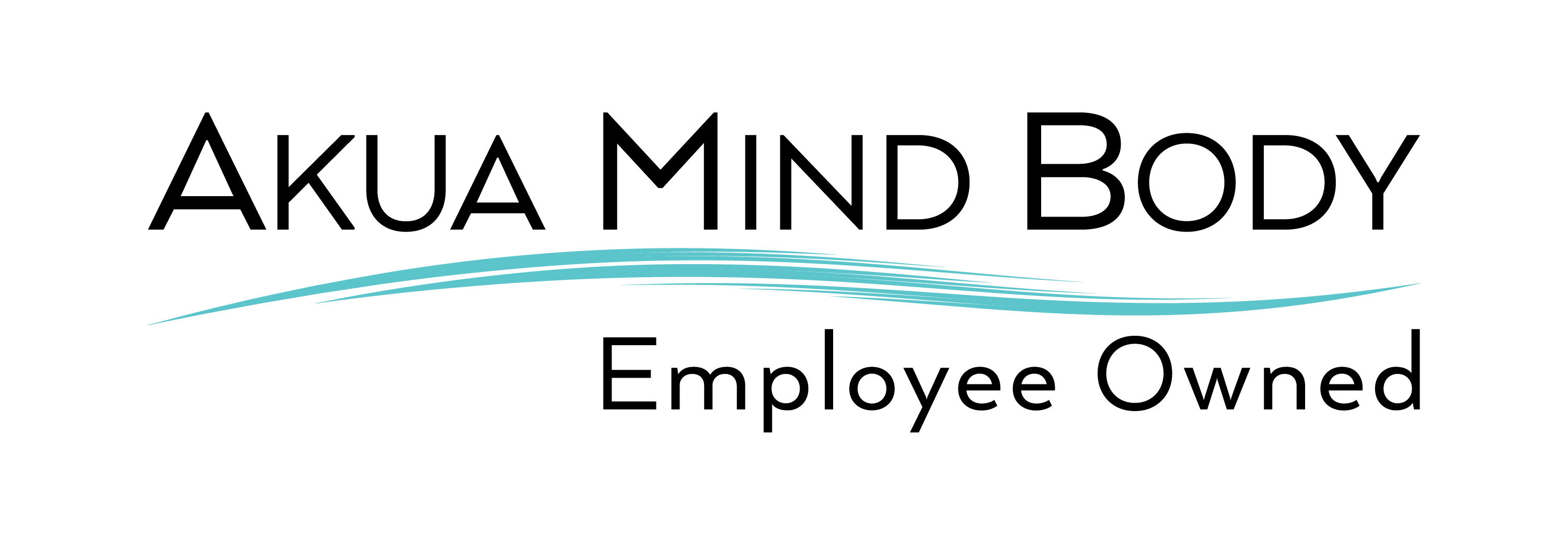ADHD, a neurodivergent disorder, is one of the most common mental health conditions affecting children and adults. But it is often misunderstood. As summer ends and school is back in session, neurodivergent disorders are becoming more publicized in the news and, as a result, hopefully becoming de-stigmatized in the classroom and society.
Attention Deficit Hyperactivity Disorder (ADHD) is a neurodevelopmental disorder, often diagnosed in childhood, that affects the brain throughout development into adulthood. However, contrary to popular belief, ADHD is not a childhood disorder as it can also be diagnosed in adolescence and adulthood. When diagnosed in childhood, it progresses throughout life into adulthood.
Why are college students with ADHD at risk for challenges?
College students are a specialized population affected by ADHD and, as a result, face unique challenges. These include increased academic and social demands, elevated risks for anxiety and mood disorders, increased stress, and diminished support systems, all of which can lead to academic and social adverse outcomes.
According to clinical psychologist Arthur Anastopoulos, college freshmen with ADHD encounter a “perfect storm” of increased interpersonal and cognitive demands and decreased parental involvement and support. Combined with all lingering executive function challenges and inattention and impulsivity/hyperactivity symptoms, this can create academic and social performance barriers in college.
ADHD has increased among college-aged students substantially in the past 20 years by nearly 10 percent. According to statistics, roughly one in nine college students today has been diagnosed with ADHD, and the worldwide prevalence of ADHD in college students is 16 percent.
ADHD is characterized by impulsivity, hyperactivity, distractibility, and difficulty following instructions and completing tasks.
Individuals diagnosed with ADHD could have either inattentive or hyperactive-impulsive presentation or both. The presentations are:
- Attention-deficit/hyperactivity: combined presentation
- Attention-deficit/hyperactivity: predominantly inattentive presentation
- Attention-deficit/hyperactivity: predominantly hyperactive-impulsive presentation
ADHD warning signs in college students
- Trouble passing classes or completing work
- Issues with self-esteem and overall mental well-being
- Substance misuse issues, especially with alcohol
- Relationship challenges with partners, family, or co-workers
- Frequent accidents or injuries
- Trouble with the lack of a daily routine
- Extreme emotional outbursts
- Obsessions and worry over the past
Diagnosing and treating ADHD
A licensed healthcare professional diagnoses ADHD, and the individual must meet the diagnostic criteria in the Diagnostic and Statistical Manual of Mental Disorders (DSM V). Once diagnosed, symptoms of ADHD are treatable with a combination of medications, behavioral therapies, and lifestyle changes. Psychostimulants are the first-line medications to treat ADHD, and they work by increasing the activity of the central nervous system. They include Adderall (amphetamine), Vyvanse (lisdexamfetamine), Strattera (atomoxetine), Evekeo (amphetamine), and Ritalin (methylphenidate hydrochloride).
Therapy is a very useful tool because it gives college students the space and opportunity to understand their ADHD diagnosis. Therapy aims to address impulsivity, overwhelm, and feelings of depletion–commonly seen through symptoms of anxiety and depression. Working with a therapist can allow an individual to identify various behavior patterns and take steps to improve day-to-day engagement.
College ADHD-specific services and accommodations:
- Written instructions, in addition to verbal instructions
- Help with reading assignments
- Ability to record the lectures (and be loaned recording equipment if needed)
- A note-taker who writes the class notes
- Sitting for exams in a quiet location
- Extra time when sitting for exams. The standard for individuals with ADHD is time and a half, although some students are eligible for more time.
- Extra time to finish assignments.
- Reduced course load. For example, you could be a part-time student and still benefit from being a full-time student.
- Advanced course selection: The ability to choose college courses before other students means you can select classes when it is easiest for you to learn. You can also pick your preferred teachers. Both of these options can help your grades.
This website offers helpful advice to college students with ADHD. It includes important tips on study skills, self-care, social development, disability rights, asking for help, and advocating for your rights.
Stimulant misuse on college campuses
Unfortunately, ADHD medications are often misused on college campuses for their “study enhancing” and stimulating properties; however, research shows that these medications do not help increase alertness for individuals who do not have an ADHD diagnosis. Regardless, ADHD medications are often misused to cram for exams, to pull all-nighters, and mixed with other substances such as alcohol at parties. “The nonmedical use of stimulants is a significant issue on college campuses, with prevalence rates roughly between 5 percent and 10 percent. This trend may be rooted in universal college stressors today”.
Prescription stimulant nationwide drug shortage
The nationwide drug shortage is an issue impacting all Americans in different ways. The latest victim of the shortage is the medications used to treat attention-deficit/hyperactivity disorder (ADHD). The shortage first hit Adderall and is now hitting many other top-used ADHD medications. The shortage began in October 2022, when Teva, a major drug producer that manufactures Adderall, announced it was experiencing significant manufacturing delays. Meanwhile, as supply has decreased, demand has steadily risen in recent years. Since 2012, the overall dispensing of stimulants has increased by more than 45 percent in the U.S., according to data from the CDC.
The Drug Enforcement Administration sets limits on the quantities of stimulants that can be produced because they have the potential to become addictive if abused. Still, in 2022, manufacturers only produced and sold 70 percent of the quota allotted by the DEA for amphetamine medications. So far, data for 2023 shows a similar trend. It is common for college students to take a break from their ADHD medication during the summer and restart their medication for the upcoming school year.
Now that school is starting back, students and parents may notice that refilling their ADHD medication may be more challenging than expected. ADHD drugs are in shortage for many different reasons, but one reason is due to the demand increase because of their abuse potential when used as study drugs.




